Tibetan Food Dishes: Basic Overview
Common Ingredients
Common Cooking Methods
Courses
Meals
Key Taste
Eating Etiquette
Meal Presentation
Culinary Festivals
Influence and Fusion
Popular Types of Tibetan Dishes
-
Bread and doughs
Many types of Tibetan bread and dough-based food are made with barley flour.
Frying and steaming are the preferred methods of preparing bread.
Tibetan bread is a universal side dish to pair with many savory dishes in local cuisine.
-
Cakes and Pastries
Tibetan pastries often feature rich ingredients like butter and cheese.
Pastry dishes stuffed with savory ingredients are popular in Tibet.
Sweet cakes and pastries are staple food offerings for many Tibetan festivals, like Losar and Saka Dawa.
-
Snacks
Popular snack categories in Tibet include dumplings and fried pastries.
Certain Tibetan snacks are both sweet and savory due to having yak butter and cheese.
Many snacks include a dough-based exterior and a savory filling made of meat and vegetables.
Several Tibetan snacks are well-known street food dishes and desserts.
Tibetan dishes have been enjoyed and passed down over many generations by the people of Tibet, a Himalayan region belonging to China. Many of these dishes have been integrated into the large family of Chinese delicacies.
Tibetan cuisine shares similarities with Nepalese specialties and Indian specialties, but it has also developed many distinct traits. Due to geographical and cultural factors, local food offerings are usually rich and hearty.
Staple ingredients are meat (especially yak meat, mutton, beef, and goat meat), dairy products made from yak or goat milk (like butter, cheese, and yogurt), and grains (like rice and barley).
While vegetables and vegetarianism have a limited presence in Tibet, many dishes have meat-free varieties.
Tibetan Buddhism significantly affects how locals prepare food, with many special dishes reserved for Buddhist holidays. For more information, check out the basic features of traditional Tibetan food, including its global popularity and healthy aspects.
Next, I will go over the 11 well-known Tibetan dishes that define local cuisine, from noodles to soups and sweet dishes.
For each entry, you will learn about its origin, main ingredients, associated holidays, varieties, where it is also popular, and other useful facts, such as its history and English names.
Moreover, you will learn about the defining features of Tibetan cuisine, popular beverages for pairing with dishes, and traditional Tibetan food customs and eating habits.
Below are the 11 Tibetan dishes worth discovering:
11 Most Popular Tibetan Dishes with Filters
Tibetan cuisine offers 11 dishes that will surely capture your imagination. Use advanced filters to navigate this content more easily, with options like alphabetical sorting, main ingredients, taste, cooking methods, dish types, courses, and global popularity.
Next, check out the additional filters based on specific culinary styles, such as traditional, street food, and exotic options.
Tsampa
- Traditional
Tsampa is a Tibetan staple dish made by mixing roasted barley flour with butter tea. Thanks to its mix of sweet and nutty flavors, high nutritional value, and simple preparation, tsampa is one of the best Tibetan dishes for both locals and travelers.
This barley flour-based dish is also famous in Nepal, while Turkestan and Mongolian cuisines have a similar dish called zamba.
While tsampa is part of a typical Tibetan breakfast, it is also a staple food during the Losar (Tibetan New Year) since locals consider it a symbol of peace and prosperity. Many Tibetan Buddhist rituals also involve tsampa.
Lightly processed barley flour is the best ingredient for Tsampa. Some Tibetan dishes require tsampa, such as tsam-thuk (Tibetan soup with local cheese), gyabrag (Tibetan barley pancake), and masan (Tibetan pastry with cheese and yak butter).
Thukpa
- Traditional
Thukpa is a time-honored Tibetan noodle soup. It comes from the Amdo region in northeastern Tibet and is found at Tibetan tea houses all over Lhasa.
There are many variants of thukpa depending on the type of noodle used. A popular variety is thenthuk, which is made with hand-pulled noodles. Many Tibetans like to have thenthuk for dinner or lunch.
Another well-known type of Thukpa is thukpa bhatuk, whose main ingredient is a type of local gnocchi-like noodle called bhatsa.
Guthuk is a special thukpa bhatuk version reserved for Nyi-Shu-Gu (Tibetan New Year’s Eve). Meanwhile, gyathuk is a similar Tibetan noodle soup based on Chinese-style noodles.
Besides noodles, thukpa consists of mixed vegetables and meat, like yak, beef, or goat meat. Vegetarian thukpa leaves out the meat and uses vegetable bouillon.
Momo
- Street Food
- Traditional
Momo is a timeless type of filled dumpling in Tibet and one of the must-try dishes to experience local cuisine. There are steamed, fried, and boiled momos; steamed momos are the most popular variety.
The Tibetan dumplings have minced meat (like yak, mutton, and goat meat) or vegetable fillings, with sepen (a traditional Tibetan hot sauce) on the side.
A notable distinction of momos is their wheat flour composition, which lends them a sturdy exterior. This characteristic transforms momos into perfect finger food.
Outstanding momo varieties include kothey momo (pan-fried momo), xab momo (mutton or beef-stuffed momos), and xogoi momo (momo made with mashed potatoes and minced meat).
A popular origin theory says momos first appeared in Nepal’s Kathmandu valley in the early 14th century. The dumplings were introduced and popularized in Tibet when a princess of Nepal married a Tibetan king in the 15th century.
Outside Tibet, momos are easy to find in many South Asian cuisines, such as Nepal, India, and Bhutan.
Yak Meat
- Exotic
- Traditional
Yak meat is a classic dish and food ingredient in Tibetan cuisine. Yaks were domesticated in Tibet thousands of years ago and gradually became a source of meat, wool, milk, cheese, and wool for locals.
Yak meat is suitable for various cooking methods: boiling, roasting, stewing, roasting, or currying. Dried yak meat is a staple food in Tibet. Crispy and flavorful dried yak meat is usually eaten right away or stewed in curries.
The high-calorie content of yak meat helps locals bear the region’s harsh weather, especially during winter when fruits and vegetables are scarce.
Besides consuming yak meat, people in Tibet also turn yak milk into butter, yogurt, and a unique type of cheese called chhurpi. Beloved Tibetan specialties made from these dairy products include butter tea, tu (cheese cake), and thue (cheese butter cake).
Sha Phaley
- Street Food
- Traditional
Sha phaley (or shabhalep) is a traditional Tibetan pastry made from bread stuffed with meat and cabbage before being molded into a semi-circle. It looks like an empanada, and the savory goodness it oozes out is just as addictive.
A perfect sha phaley is a mixture of crispy pan-fried exterior and succulent meat filling. Some versions replace the seasoned meat with vegetables to create a completely vegan Tibetan dish.
Sha phaley is a wonderful snack, fast food, and street food in Tibet. Locals love to enjoy the golden stuffed and pan-fried pastry with hot sauce for breakfast, but sha phaley is even better for lunch and dinner.
Shab Tra
- Traditional
Shab tra, or shapta (literally “stir-fried meat), is a popular Tibetan stir-fried dish made with meat, simple vegetables, and a variety of spices.
Common meat choices for shab tra are yak, beef, pork, or mutton. Meanwhile, hot peppers, ginger, garlic, onions, soy sauce, and scallions deepen the flavors of the stir-fry.
Elevate your shab tra experience by pairing it with tingmo (Tibetan steamed bread) or rice. Non-Tibetan side dishes like rotis or Chinese steamed buns also pair well with this Tibetan meat stir-fry.
Tingmo
- Traditional
Tingmo is a Tibetan steamed bread made with soft and fluffy dough. This steamed bread dish has a close relationship to Momos: many people believe its name to be a fusion of “tinga” (the Tibetan word for “cloud”) and “momo.”
But unlike Momos, tingmo has no filling. Appearance-wise, this versatile Tibetan bread is highly similar to Chinese flower rolls.
Tingmo is a perfect accompaniment for an array of dishes, like vegetable stir-fries, noodle soups, meat stews, and more.
A few exciting dishes to pair with Tingo are qoiri (a mutton and cheese stew), gyurma (Tibetan blood sausage), drokpa katsa (tripe stew), and samkham papleg (Tibetan fried dough)
Dre-si
- Traditional
Dre-si (also spelled as dé-si or dresil) is a traditional Tibetan dish for Losar. It is also prevalent during weddings and Buddhist holidays, such as Saka Dawa (a celebration of Buddha’s birth and enlightenment).
Although called Tibetan sweet rice in English, authentic dre-si doesn’t always contain any type of rice. Instead, its main ingredients are droma (a tuber native to Tibetan mountains), sugar, and yak butter. Dre-si for Losar comes with extra servings of dried fruits and nuts.
Droma has a similar flavor to sweet potatoes and infuses dre-si with a gentle sweetness. Since this Tibetan tuber is challenging to find outside the region, many overseas Tibetans use other substitutes, such as rice.
Khapse
- Traditional
Khapse, or khapsey, is a Tibetan biscuit with a long history and is available in many shapes and sizes. The long khapse, also known as a donkey’s ear (bhungu amcho), is a beloved variety.
The main ingredients of khapse are eggs, yak butter, and powdered sugar for garnishing.
Losar is the best time to try Khapsey when locals whip up a vast number of biscuits for offerings and gift-giving. Tibetan weddings and religious holidays are also more festive with khapse.
Laping
- Street Food
- Traditional
Laping is a popular cold noodle dish and street food in Tube. It is also popular in Nepal and appears to have been derived from similar dishes in Sichuan cuisine.
Laping noodles are often made from wheat, barley, or mung bean starch. These noodles are typically flat, translucent, and chewy, with a jelly-like, slippery texture.
In Laping, the noodles are served with a mixture of chili oil, vinegar, soy sauce, garlic, and Sichuan peppercorns. The sauce sometimes includes herbs like cilantro and scallions.
Laping offers a spicy and complex taste and is highly refreshing during the summer months.
Balep Korkun
- Traditional
Balep korkun is a famous type of Tibetan fried flatbread that is especially common in Central Tibet. It has a similar look to naan in South Asian cuisine.
Balep korkun is traditionally based on barley flour and baking powder, but wheat flour is a staple ingredient nowadays.
Monastery bread is a familiar English name for balep korkun, which is made by many Tibetan monks. This trait shows the influence of Tibetan Buddhism, one of the defining factors of local foods.
What Defines Classic Tibetan Dishes?
Dishes in Tibet are influenced by geography and climate, religious influence (notably Tibetan Buddhism), and culinary exchanges with other regions.
Geography and Climate
With high mountains and plateaus and a harsh climate, Tibet is unsuitable for widespread vegetable cultivation.
Therefore, locals have to rely on meat, dairy products, and select crops (especially barley). Hearty and energy-rich foods are local staples.
Tibetan Buddhism
Many local dishes have ties with Buddhist monasteries and holidays. Another Buddhist influence is that Tibetans don’t eat fish because of religious teachings.
However, vegetarianism isn’t popular in Tibet due to the scarcity of vegetables and the need for energy-rich foods.
Culinary Exchange
Tibetan cuisine has close relations with neighboring Himalayan and South Asian cuisines, especially Nepal, India, and Bhutan. Chinese dishes, especially from Sichuan cuisine, are also influential.
Next, let’s look at the top beverage recommendations for accompanying Tibetan dishes.
What Are Popular Beverages for Pairing With Tibetan Dishes?
There are three must-try Tibetan beverages in traditional cuisine: butter tea, barley beer, and sweet tea.
Butter Tea
The uniquely savory flavor of butter tea goes well with starchy foods and snacks like tsampa, balep korkun, tingmo, and khapse.
Barley Beer
Many savory dishes in Tibetan cuisine, like momos, sha phaley, thukpa, and yak meat, taste better when served with barley beer.
Sweet Tea
Tibetan sweet tea is excellent at accompanying savory snacks like khapse and sha phaley. While sweet tea is more drinkable than butter tea, the latter is more important to Tibetan food customs and etiquette.
What Are Traditional Tibetan Food Customs and Eating Habits?
Below are the 6 traditional food customs and eating habits that will help you understand the local cuisine better.
Having Three Meals a Day
Tibetans usually consume three meals: Tsampa is the staple breakfast dish, while pastries (like Sha Phaley) and soups (like Thukpa) are for lunch and dinner.
Using Chopsticks
Unlike people in other Himalayan cultures, Tibetans use bamboo chopsticks to pick up food and always use the right hand.
Gifting
If you have a meal with a Tibetan household, bring a small gift, such as butter tea and barley beer, for the host and present it with both hands.
Showing Respect
When dining with Tibetans, wait for everyone to be served before digging in, respect the elders, and keep your feet facing away from the group.
Additional Helpings
During the meal, Tibetans continually offer food to their guests as a gesture of generosity. Once you are full, gently decline them by bowing and pressing your palms together.
While these rules are simple and easy to follow, they will significantly help you gain a better understanding of Tibetan cuisine and culture.
Now that you have read this post, please like and share it with your friends if you find it helpful. I’d love to hear your feedback!



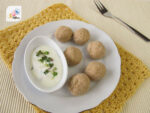
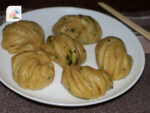
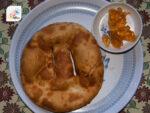

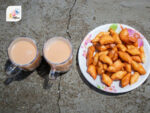
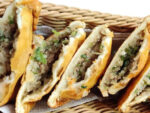
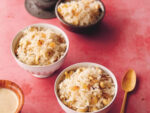
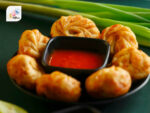
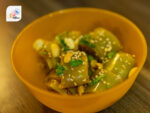
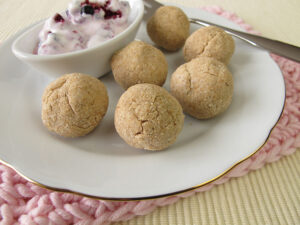
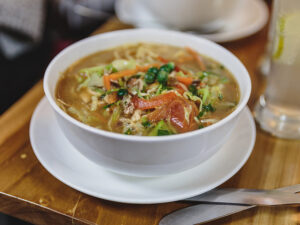
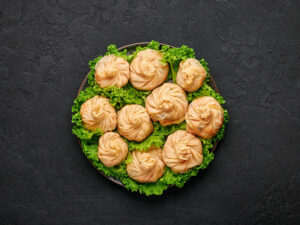
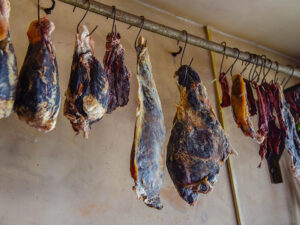
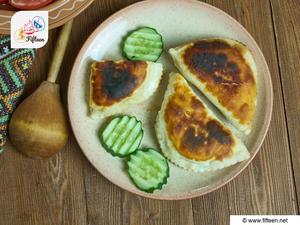
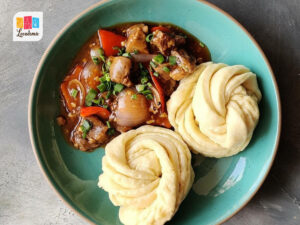
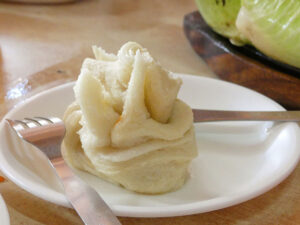
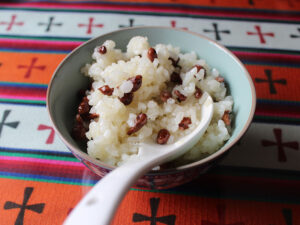
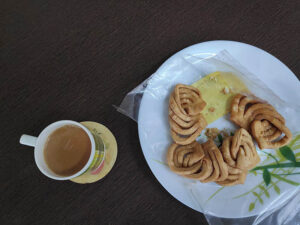
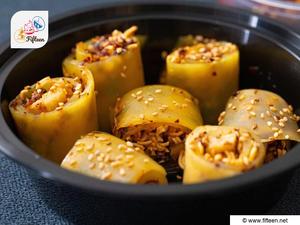
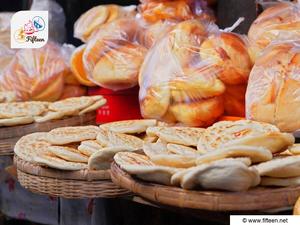
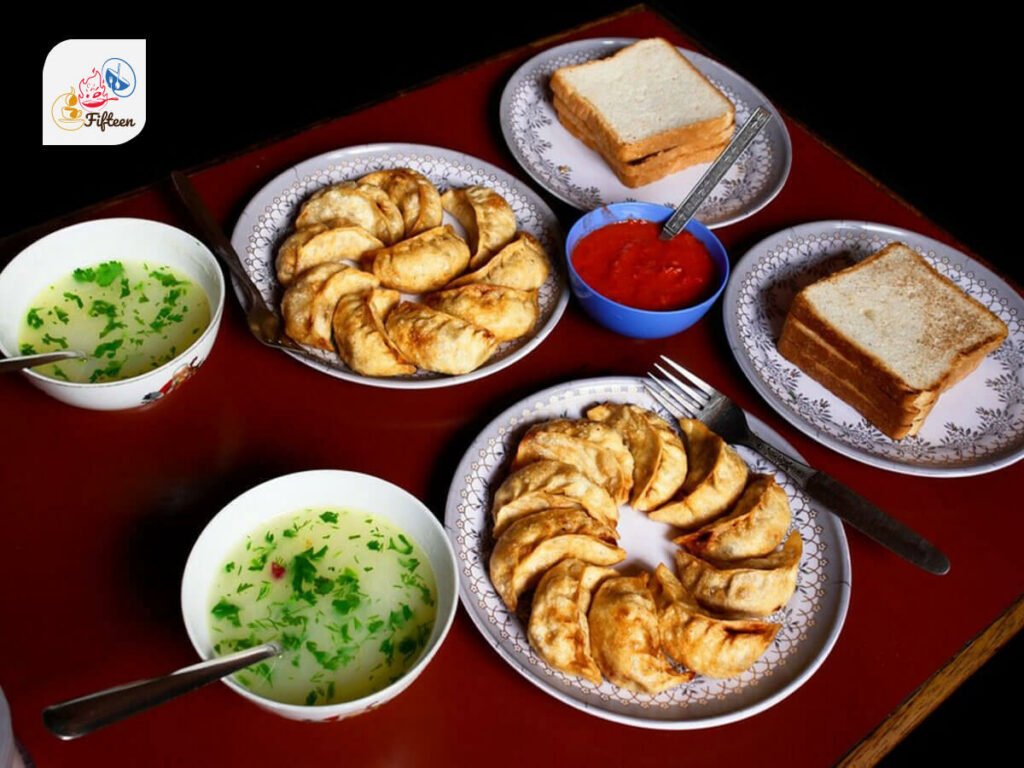
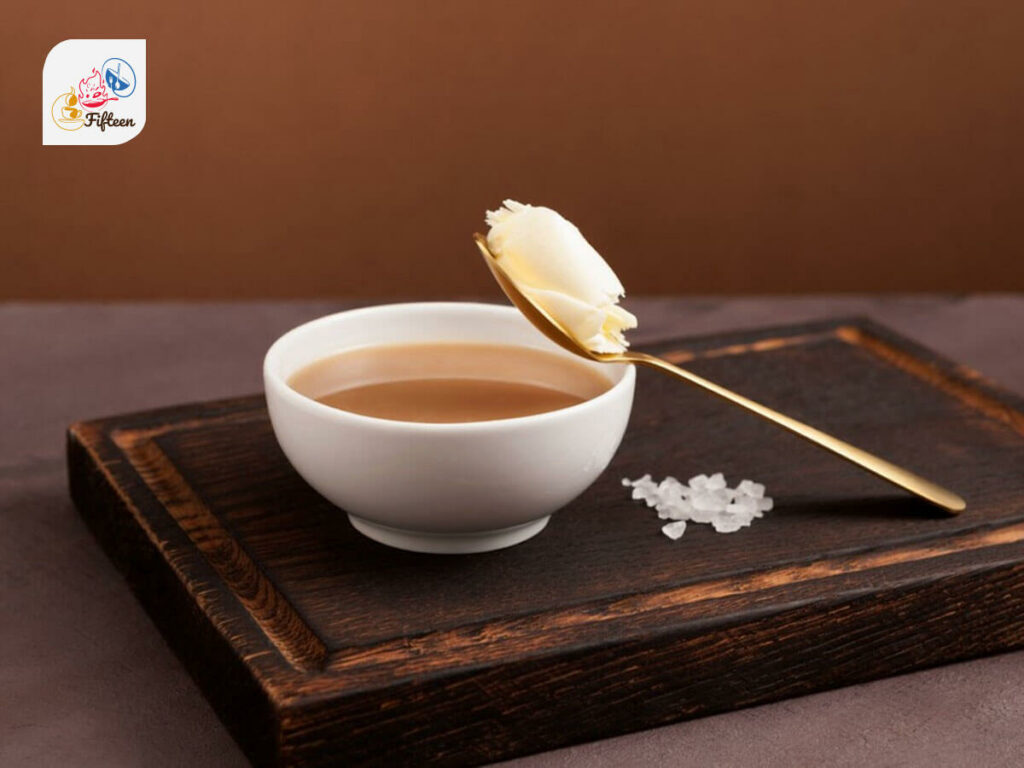
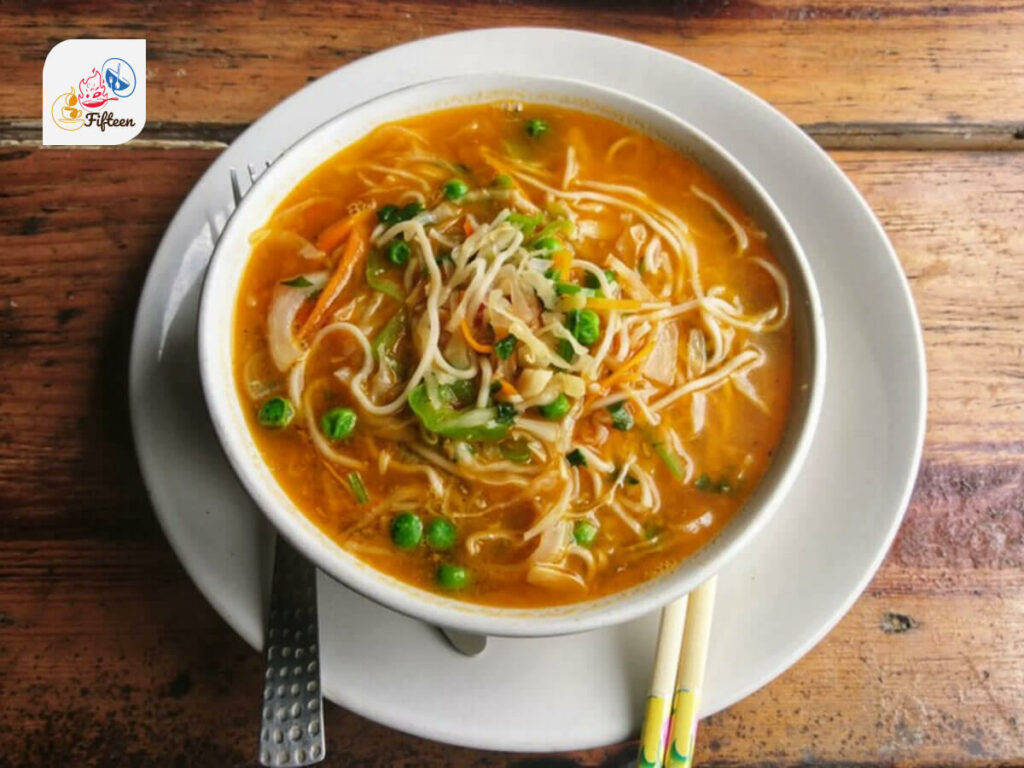
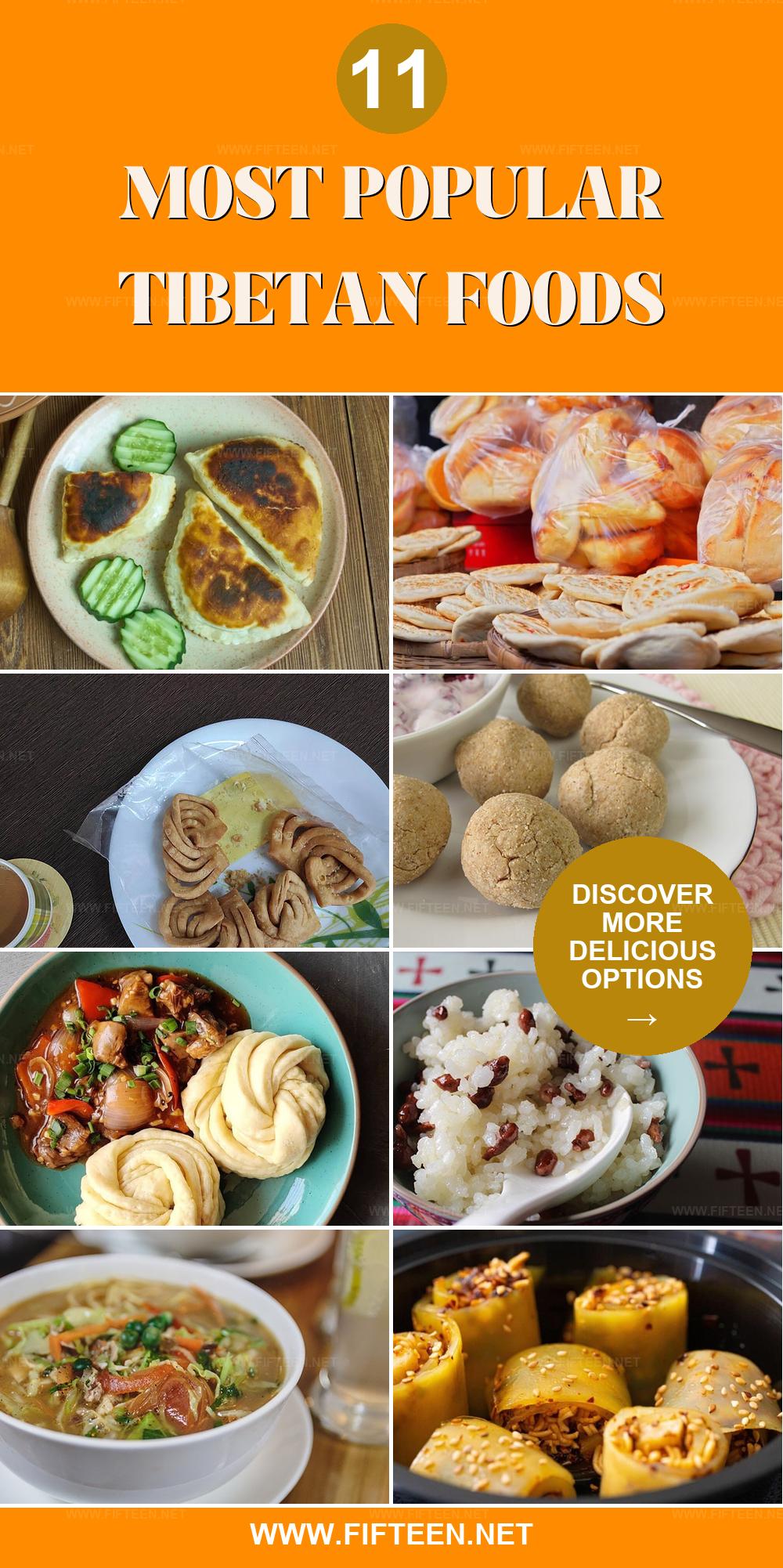
Jamie Scott
Editor in Chief, Senior Content Writer
Expertise
Home Cooking, Meal Planning, Recipe Development, Baking and Pastry, Food Editor, Cooking-video Maker, Western Food Evaluation Expert
Education
Le Cordon Bleu College of Culinary Arts
Local Community College, New York, NY
Jamie Scott is a skilled culinary expert and content creator specializing in Western cuisine. With over 15 years in the culinary field and formal training from Le Cordon Bleu, Paris, Jamie deeply understands how to blend nutrition with delicious flavors. His passion for cooking matches his commitment to making healthy eating accessible and enjoyable.
On Fifteen.net, Jamie brings a fresh perspective to classic dishes and beverages, offering readers insightful recipes, cooking tips, and a fresh view on meal planning that emphasizes taste, health, and simplicity.